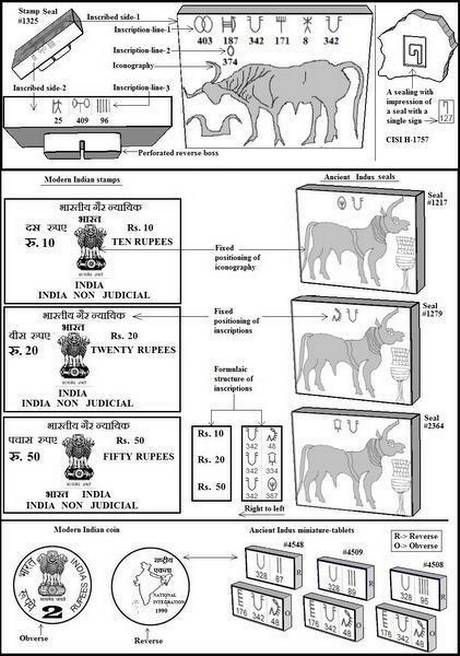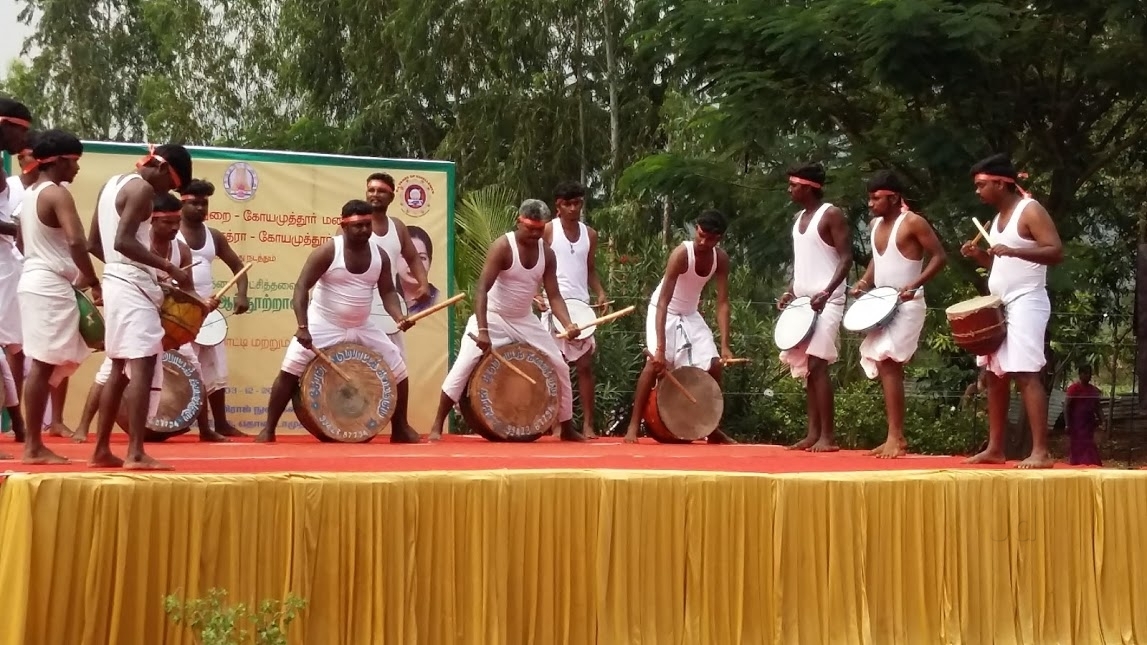7667766266
enquiry@shankarias.in
Controller General of Accounts (CGA)
Indus Script

Thudumbattam

Source: PIB, The Hindu
30+aspirant 5 years